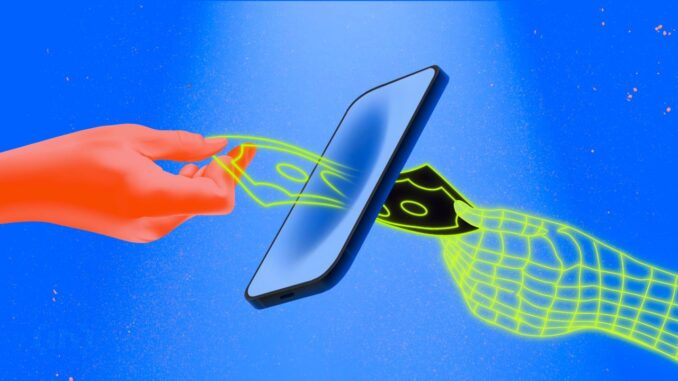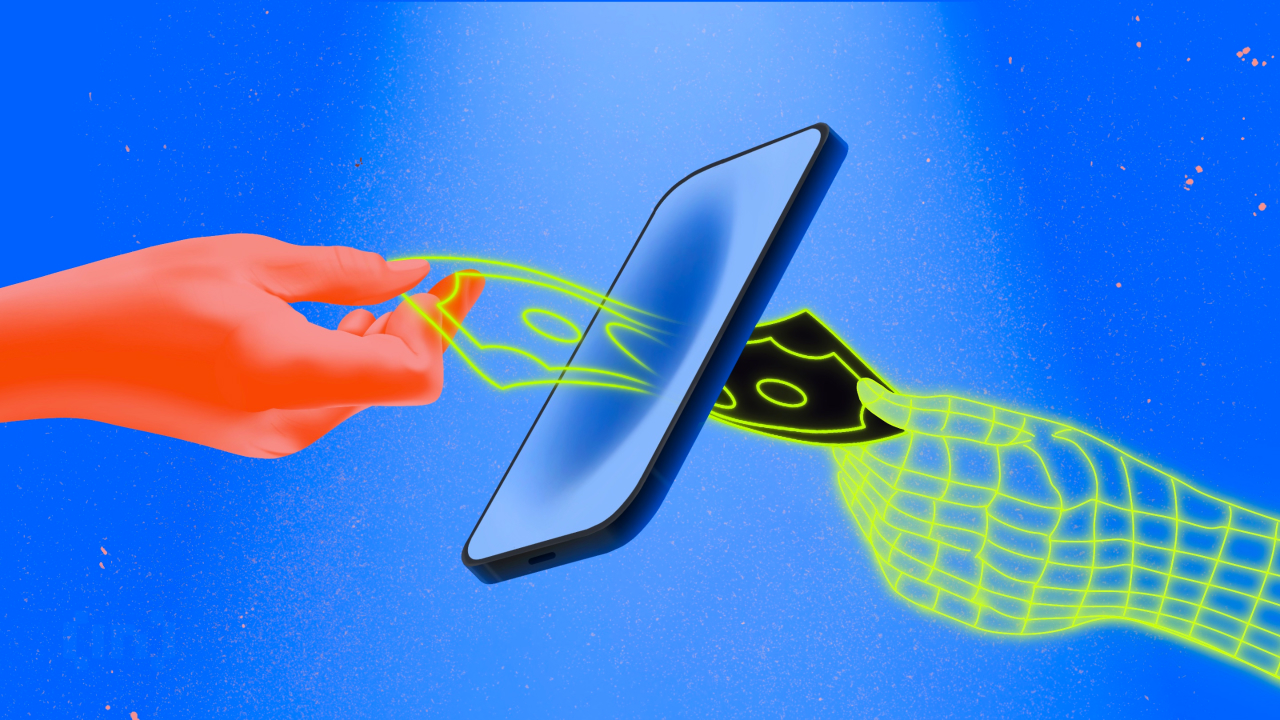
[ad_1]

The Federal Reserve, or Fed, the central bank of the United States, has largely omitted blockchain firms from its new instant payment solution.
FedNow is an instant payment infrastructure developed by the Fed. When launched, it will allow financial institutions of every size across the United States to provide faster payment services. The service is designed to increase payment speeds to the standard of popular payment apps like Venmo and Cash App.
FedNow Will Follow Solutions in the UK and Eurozone
When FedNow launches, it will remove most waiting periods for online payments to clear or checks to process. Unlike before, payers can send funds on the day they are due. The scheme is akin to the UK’s Faster Payments system and the Eurozone’s Single Euro Payments Area.
When the scheme launches, businesses, banks, and individual users will be able to send funds instantly every minute and day of the year. The Fed said it plans to expand its FedNow program to all 10,000 banks based in the United States.
On June 29, the Fed declared that 57 early adopter organizations, including financial institutions and service providers, have successfully completed formal testing and certification. The 57 early partners are currently undergoing final trial runs on the service. FedNow is due to launch in late July.
When FedNow goes live, at least two blockchain networks will connect to it. One of these networks is the Metal Blockchain, developed by Metallicus.
In May, the Metallicus team stated their network would facilitate the immediate conversion of cash to stablecoins by integrating with FedNow. However, shortly after the announcement, their name was removed from the list.
Back in March, Tassat Group, a private blockchain-based business-to-business (B2B) payment solution, announced that its client-facing API can serve as an on-ramp to FedNow.
United States Catching Up on Payment Infrastructure
When FedNow launches, it won’t be a moment too soon. The United States has lagged behind some peer nations with regard to payment infrastructure.
The United Kingdom is one example. Its Faster Payments first launched in 2008, fulfilling plans developed nearly a decade before.
Contactless payments were also late to catch on in the United States. In Jan 2022, nearly 20 percent of all in-person debit and credit card transactions were contactless, according to Visa. Whereas in Australia, in 2017, for example, 92 percent of in-store Visa transactions were contactless.
BeInCrypto has reached out to the Fed for comment on this story.
Disclaimer
In adherence to the Trust Project guidelines, BeInCrypto is committed to unbiased, transparent reporting. This news article aims to provide accurate, timely information. However, readers are advised to verify facts independently and consult with a professional before making any decisions based on this content.
[ad_2]
Source link



